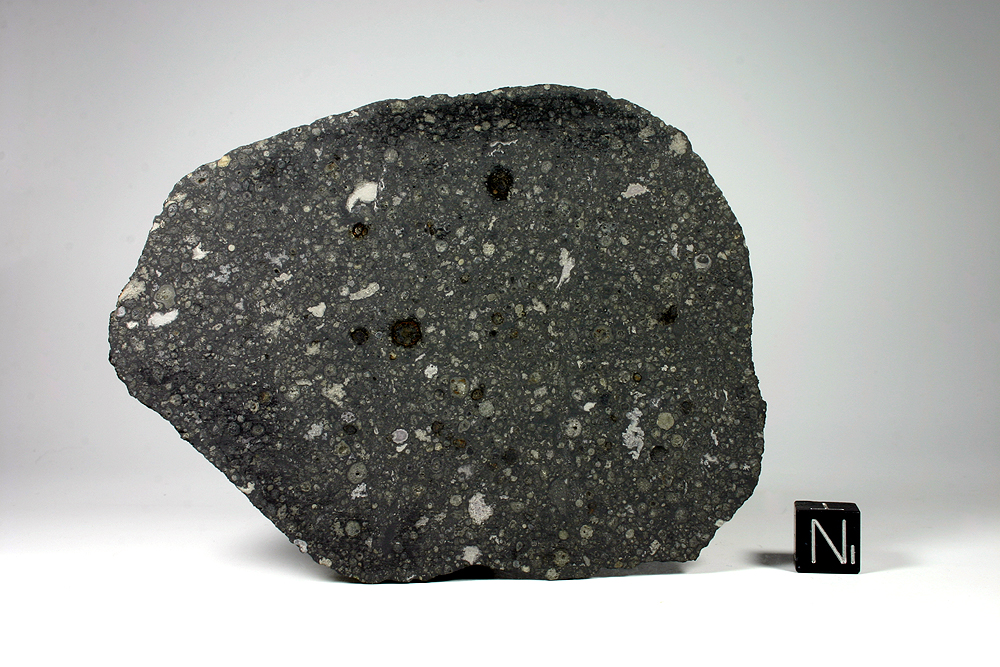
In an earlier “Special Topics” presentation I described how meteorites are classified based upon their respective compositions. As I indicated in that presentation, the majority of known meteorites are the “stony” meteorites composed primarily of various silicates, and of these, most contain small, roughly spherical particles called “chondrules” that are primarily made up of silicates that appear to have been melted while in interplanetary space, and these meteorites are accordingly called “chondrites.” There are several different types of chondrites, again based upon their respective composition, but one type, in particular, is of high interest in various scientific investigations. These are often porous in structure and tend to be quite dark due to a large presence of organic, i.e., carbon-containing, substances, and are accordingly called “carbonaceous chondrites.”
These meteorites constitute roughly 4% to 5% of all known meteorites. There are some compositional differences between them and thus there are as many as eight or nine sub-classifications of them, but they all share the same basic qualities of being rather porous and containing significant amounts of water and organic substances. They are also very old, and in fact, radiometric dating suggests they are at least as old as Earth itself; some appear to pre-date even that. Carbonaceous chondrites are thus considered as being the most primitive objects in the solar system, and are accordingly highly prized since the examination of them can provide valuable insights as to the conditions that existed during the very earliest days of the solar system.
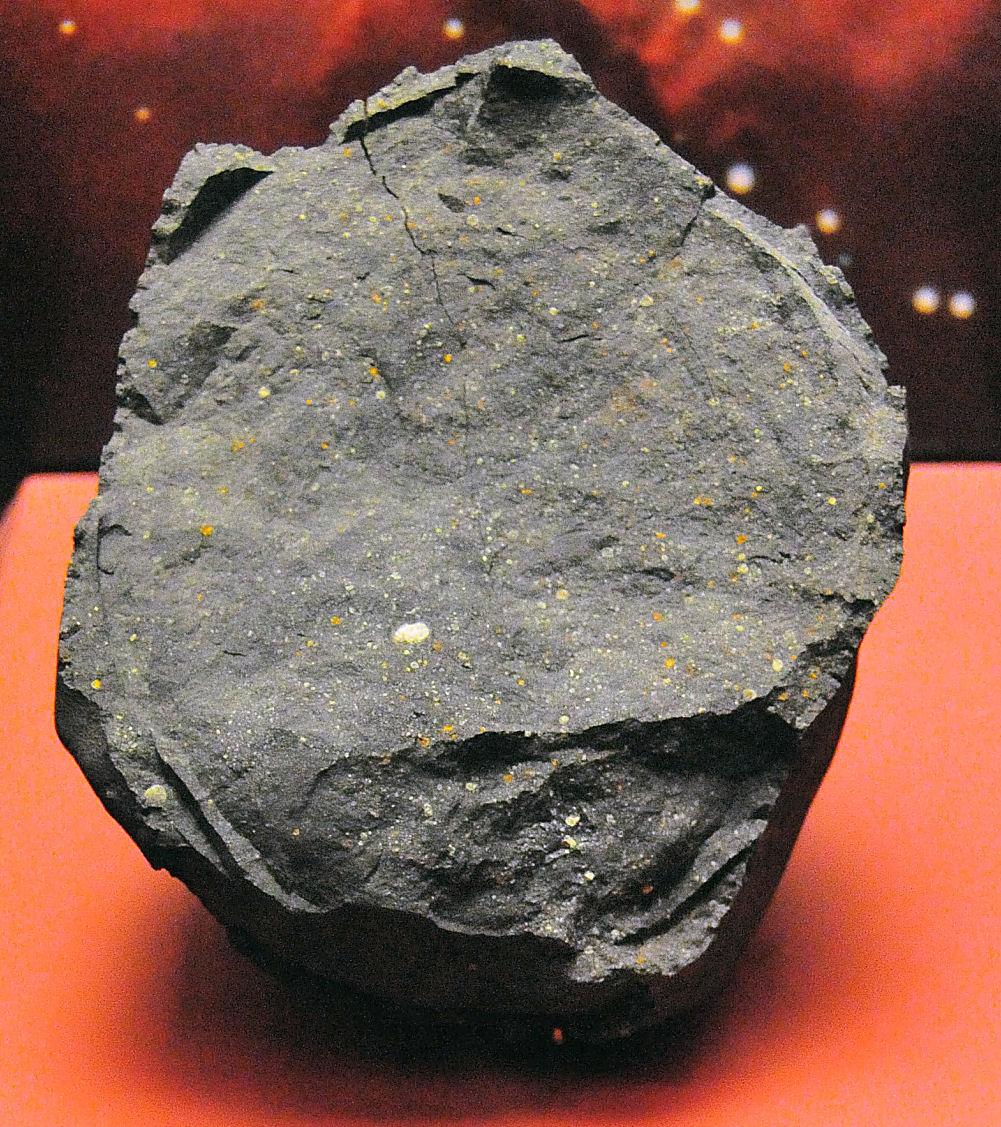
Because of their relatively porous nature and their resulting fragility, many would-be carbonaceous chondrite meteorites do not survive their passages through the atmosphere, or at the very least they lose a significant part of their mass during their passage. Of those that do survive and reach the ground, they are in general quite susceptible to weathering and thus do not remain intact for very long. Although some have been found that apparently fell to the ground a long time ago – generally in pristine environments like Antarctica where erosional effects are minimized – most carbonaceous chondrites that have been well studied have come from observed meteorite falls.
One of the earliest observed carbonaceous chondrite meteorite falls was the Orgueil meteorite, which fell near the town of Orgueil in southern France on May 14, 1864. About 20 individual fragments were eventually collected, producing a combined mass of approximately 14 kg. The scientists examining it at the time commented on the rich content of organic substances within it, and a more recent discovery is that of a rare isotope of the gas xenon that is carried within very small and fine grains of diamond dust that are older than the solar system.
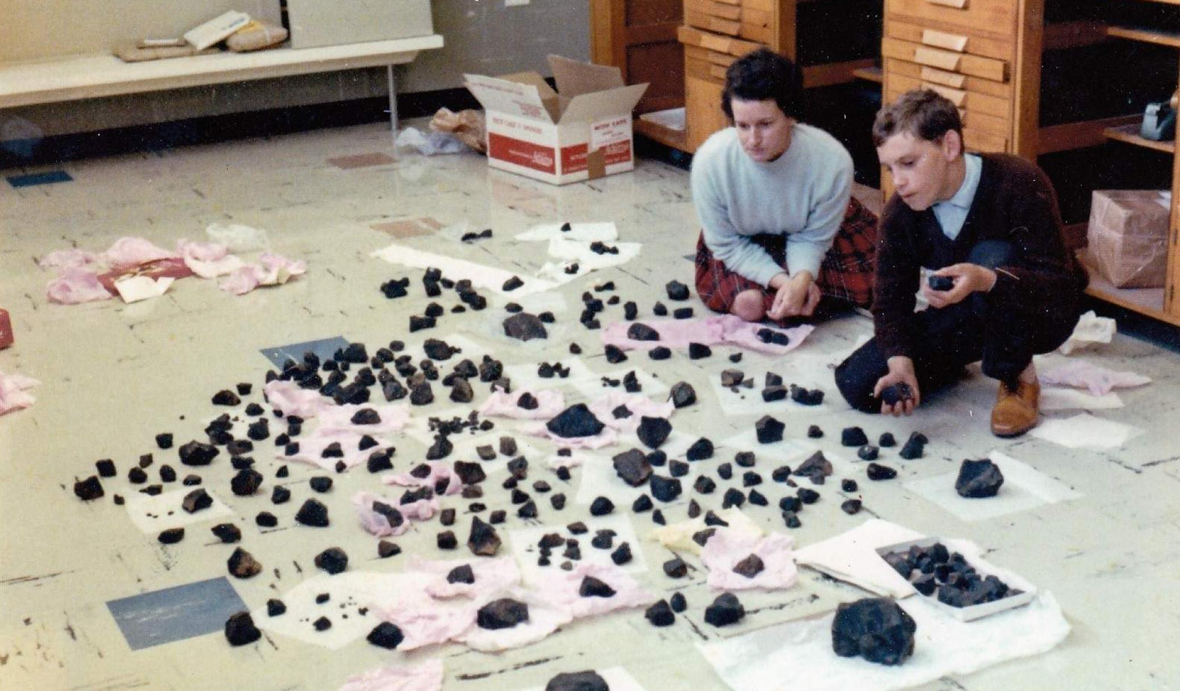
Although any carbonaceous chondrite meteorite fall is an event of high interest and the recovered meteorites the study of intense examination, there are two such meteorites that have an almost legendary stature in the study of these objects. Both of these fell a half-century ago, in the year 1969 – the same year as the first Apollo moon landings – and both have yielded significant and dramatic results from their examination.
The first of these entered Earth’s atmosphere over northern Mexico on February 8 and fell to the ground near the village of Pueblito de Allende in southern Chihuahua. It is the largest known carbonaceous chondrite meteorite fall known; several hundred fragments have been found – the largest having a mass of 110 kg – with a combined total mass of approximately two tons. The original entering object is estimated to have been a few meters in diameter.

The Allende meteorite has been described as “the best-studied meteorite in history.” It is a representative of the sub-classification of carbonaceous chondrites that have a higher content of certain metals and a lower content of certain volatile substances than other sub-classifications. The presence of rare isotopes of some of the metals, as well as radiometric dating from aluminum-26 – as discussed in a previous “Special Topics” presentation – indicates that much of the material within Allende predates the solar system, and in fact, some of it appears to be from substances not presently within the solar system. Our present models about the formation of the sun and the solar system suggest that shock waves from nearby supernova explosions triggered the material within the pre-solar gas and dust cloud to start collapsing and eventually form the objects we see today, and the presence of these isotopes within Allende lends material support to this idea.
The second of the two 1969 carbonaceous chondrites came from an object which entered Earth’s atmosphere over southeastern Australia during the morning daytime hours of September 28 – producing not only a bright daytime fireball but also a trail of smoke – and fell to the ground near the town of Murchison in northern Victoria. Due to a strong collection effort by local residents, including 10- and 11-year-old brothers Peter and Kim Gillick, numerous pristine fragments were quickly collected, the largest one having a mass of 680 grams and with a total combined approximate mass of 100 kg.
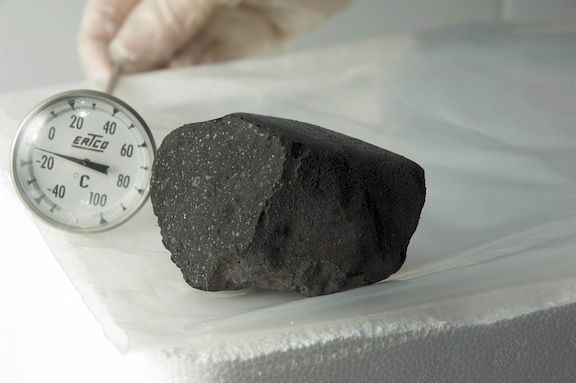
The Murchison meteorite is a representative of the sub-classification of carbonaceous chondrites that is rich in organic substances, and from a scientific perspective is widely considered as being one of the most important meteorites ever examined. Numerous organic substances have been detected within Murchison, including alcohols, sugars, and various forms of both aliphatic and aromatic hydrocarbons. Numerous amino acids – which, among other things, are utilized by life in the performance of various biological activities – have also been detected within Murchison, in fact, this was the first time that amino acids had been confirmed within an extraterrestrial source. While some of these amino acids are rather common ones like glycine and alanine, many of the others are not found anywhere on Earth.
Perhaps even more dramatic has been the detection of the nucleotide bases uracil and xanthine within Murchison. Uracil, in particular, is notable in that it is one of the four nucleotide bases that make up the ribonucleic acid (RNA) molecule. It is replaced by thymine – which is uracil with a methyl group (CH3) added – as one of the nucleotide bases in the deoxyribonucleic acid (DNA) molecule. Meanwhile, just late last year ribose, a sugar molecule that makes up part of the “backbone” of RNA, was detected within a fragment of Murchison.
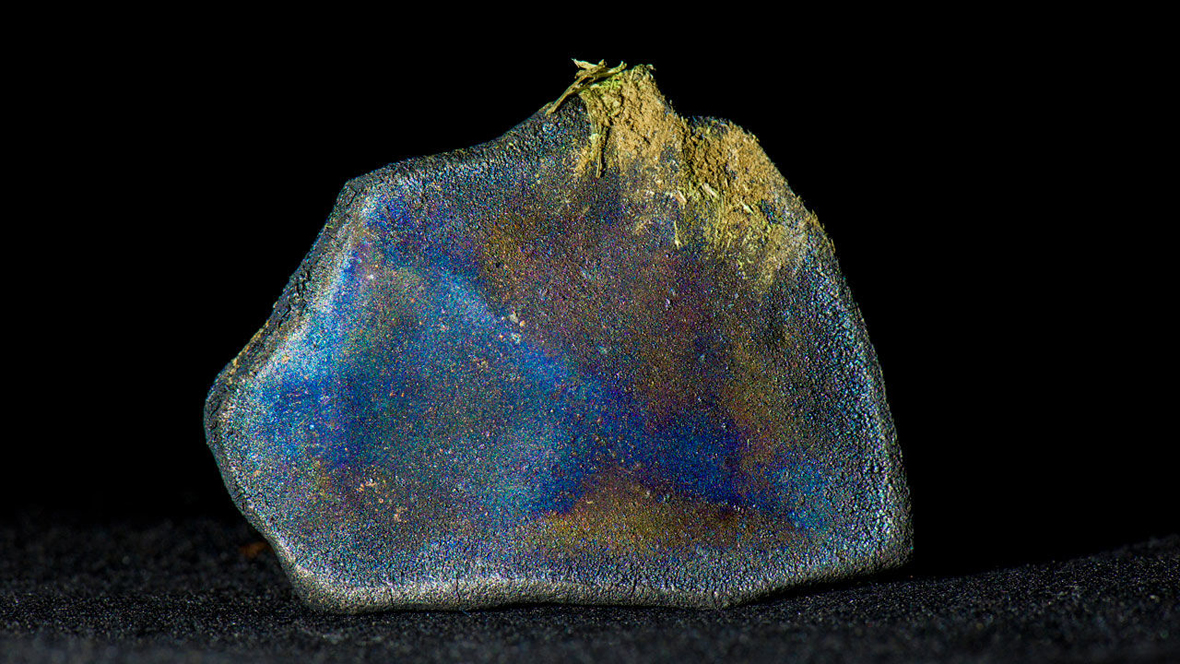
It can be easy to misinterpret these findings as suggesting that there might be primitive life within Murchison (and within similar carbonaceous chondrites). However, even though life – that is, “life as we know it” – utilizes amino acids and nucleotide bases, their presence alone does not automatically imply the presence of life itself. What their presence does suggest – and which is addressed in a previous “Special Topics” presentation – is that the raw materials for life, including water which is also a significant constituent of carbonaceous chondrites, were delivered to the early Earth by impacting objects like these arriving from space. Such materials would presumably have been delivered to other planets as well, although whether the existing environmental conditions on those planets permitted life to get started, and to have adapted and evolved if it did, is something about which we don’t have much knowledge at this time. The topic of extraterrestrial life is explored more thoroughly in a previous “Special Topics” presentation.
Although Allende and Murchison are the two best-known and most-studied carbonaceous chondrite meteorites, there have certainly been others that have been collected and studied, including during the years that have elapsed since they fell. One of the most notable of these is the Tagish Lake meteorite, which fell onto the frozen surface of Tagish Lake in northwestern British Columbia on January 18, 2000. Over 500 fragments with a total combined mass of slightly over 10 kg have been retrieved, and because of quick detection efforts and the pristine environment in which it landed, it is considered to be the best-preserved carbonaceous chondrite known to date. It appears to be somewhat in a sub-class of its own, with characteristics of two other sub-classifications as well as unusually high water content (which is different in isotopic composition from Earth water). Amino acids have been detected within the Tagish Lake meteorite, along with gypsum and other water-bearing silicates.
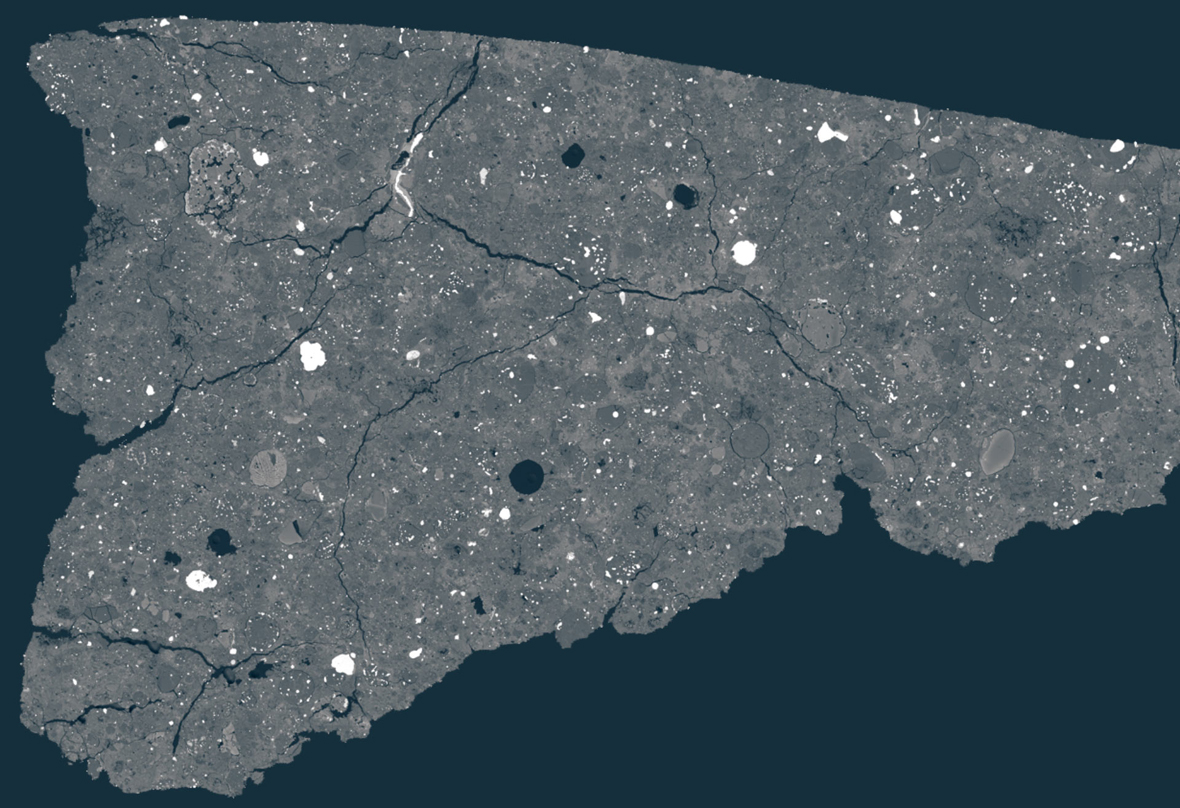
An even more recent carbonaceous chondrite that fell near the town of Aguas Zarcas in Costa Rica on April 23, 2019, may eventually turn out to be as important in astronomical organic chemistry studies as Murchison, if not even more so. Several dozen fragments of the Aguas Zarcas meteorite with a total mass of approximately 30 kg have been collected, and although analysis of these is still in its early stages, researchers have already identified numerous amino acids as well as other substances that appear to pre-date the origin of the solar system by as much as 2½ billion years. One recently-published analysis showed that the amino acid isovaline – found in various other carbonaceous chondrites but very rare in terrestrial life, and which comes in both “left-handed” and “right-handed” configurations – is distinctly more common in its left-handed form in Aguas Zarcas, consistent with results from Murchison and other carbonaceous chondrites. Since the same is true in amino acids utilized by terrestrial life, this may well have important implications in our efforts to understand how life on Earth got started.
As is the case with almost all other meteorites, carbonaceous chondrites are likely fragments of larger asteroids that have been ejected as a result of impacts upon those bodies. The parent bodies of carbonaceous chondrites are more likely to be those in the outer regions of the main asteroid belt, as in general these tend to be darker and more primitive – i.e., less “processed” – than the main belt asteroids that orbit closer to the sun. Perhaps somewhat surprisingly in this context, the large asteroid (2) Pallas has been proposed as being a source of some of the carbonaceous chondrites; although it orbits somewhat within the middle of the main asteroid belt, its spectrum nevertheless shares characteristics with the material composition of some sub-classifications of them. On the other hand, from a dynamical perspective, since Pallas has a rather high orbital inclination of 35 degrees it is not “easy” to get an impact fragment ejected from it to Earth.
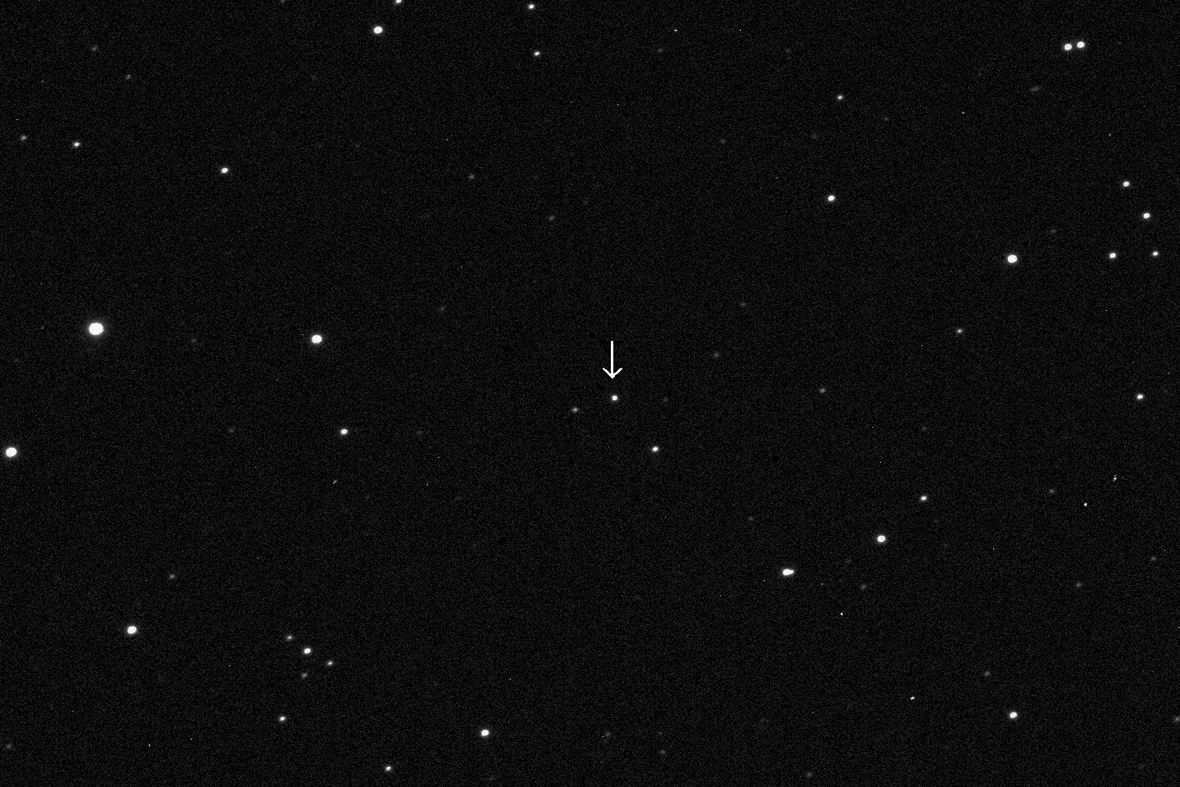
The incoming track of the Tagish Lake meteorite was well enough established that astronomers could calculate an approximate pre-impact orbit for it. Their conclusion was that it had traveled on a somewhat elongated orbit that extended out to the outer asteroid belt. The suggestion has been made that a possible parent body is the main-belt asteroid (773) Irmintraud, which is a dark object spectroscopically similar to the material composition of the Tagish Lake meteorite and other carbonaceous chondrites. Although Irmintraud’s orbit is near the middle of the asteroid belt, that orbit is close enough to a resonance orbit with Jupiter such that it might be gravitationally unstable, and thus at some point in the past, it could have traveled farther out. From that perspective it is at least feasible that it could have been Tagish Lake’s parent body.
More from Week 40:
This Week in History Comet of the Week Free PDF Download Glossary
Ice and Stone 2020 Home Page


